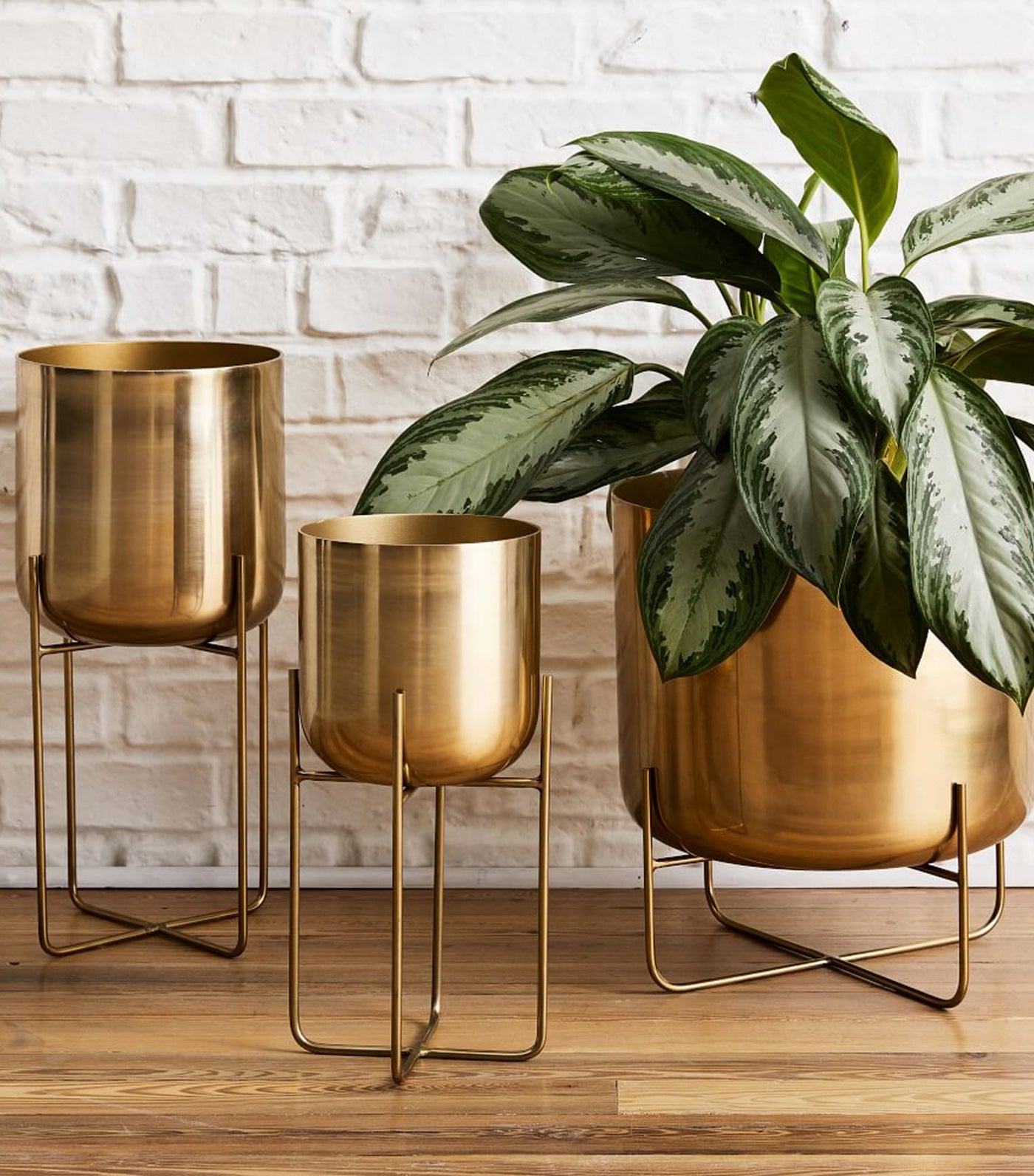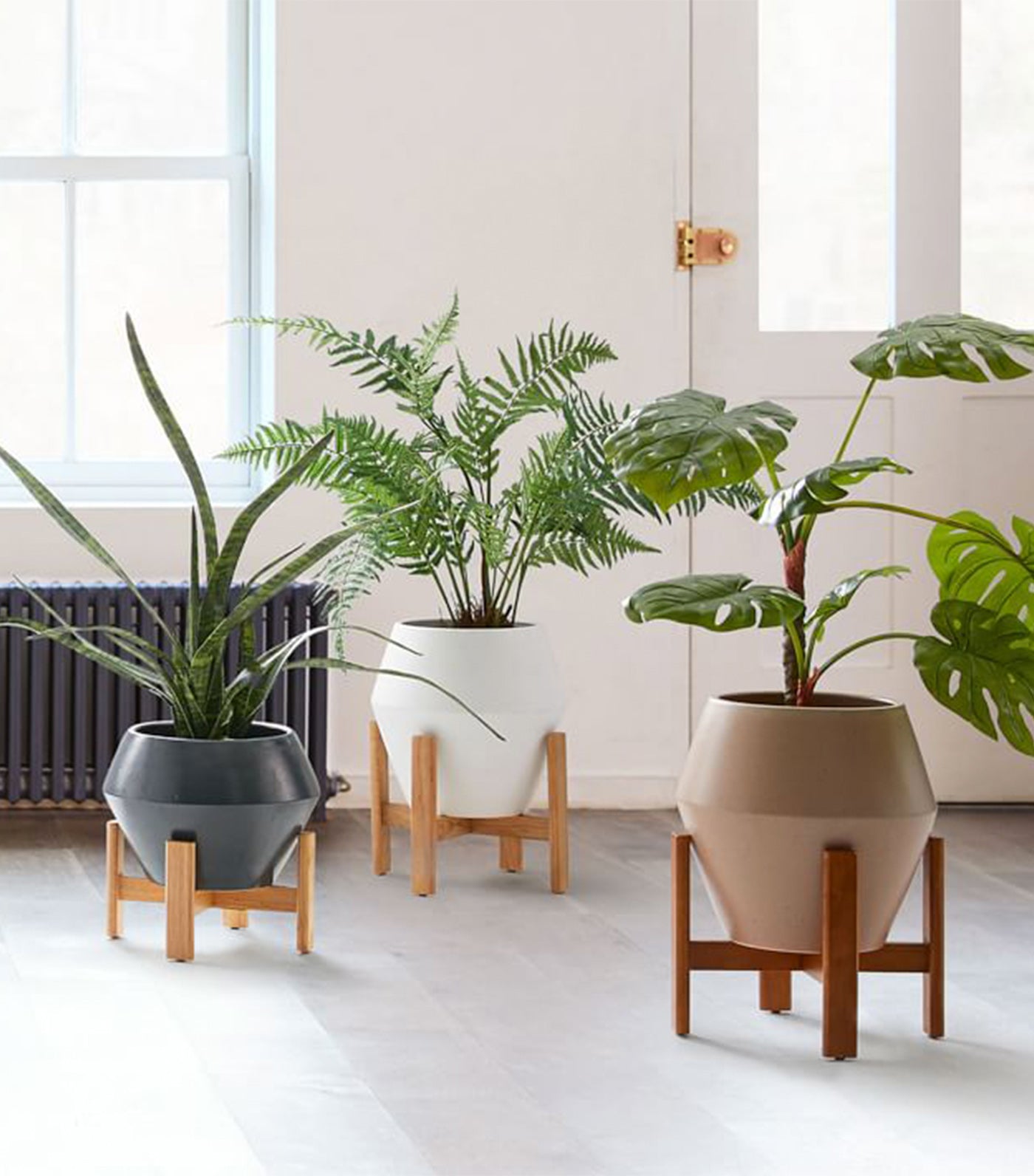Creating an indoor oasis with plants not only brings a slice of nature into your home but also enhances well-being and decor. West Elm offers a stunning selection of planters that can complement any interior design, fostering a serene and lively atmosphere. However, with the myriad of choices, selecting the ideal planter involves more than just aesthetics. In this guide, we’ll navigate the considerations for picking the perfect West Elm planter, touching on size, material, design, and styling tips to help you fashion your personal indoor refuge.
Considering Size and Scale
The first step in selecting a West Elm planter is considering the size and scale in relation to your space and the plants you aim to nurture.
Matching Plant to Planter Size
When choosing a planter, it’s essential to consider the size of your plant, both its current state and its expected growth. A planter that’s too small can restrict root growth, while one that’s too large may lead to water retention and root rot. Ideally, the planter should be slightly larger than the plant’s root ball, giving it room to grow without being overwhelming.
Balancing with Room Scale
The planter’s size should also harmonize with your room’s scale. A large room can accommodate bigger, statement planters, whereas a small space may benefit from compact or hanging planters. Consider the planter’s placement and ensure it complements the furniture size and room dimensions, maintaining a balanced look.
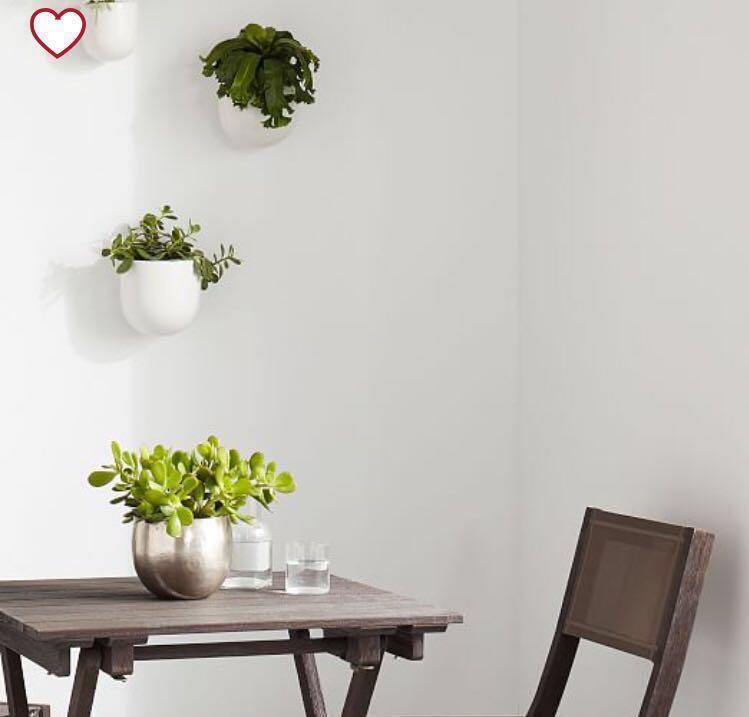
Selecting the Right Material
West Elm planters are crafted from various materials, each offering unique benefits and styles. Choosing the right one can influence both your plant’s health and your room’s aesthetic.
Understanding Material Properties
Ceramic and clay planters are excellent for moisture regulation, making them suitable for plants that prefer dry conditions. Metal and glass options, on the other hand, can offer a sleek look but may require more drainage management. For a lightweight and versatile choice, plastic or fiberstone planters mimic the look of heavier materials but provide easier mobility and often come in a broader range of designs.
Considering Aesthetic and Function
Think about how a planter’s material complements your interior style. A modern minimalist space might benefit from the clean lines of metal or concrete planters, while a boho-chic room could be enhanced with rattan or basket-weave designs. Always consider the watering needs of your plant in relation to the planter material you choose to ensure your green friends thrive.
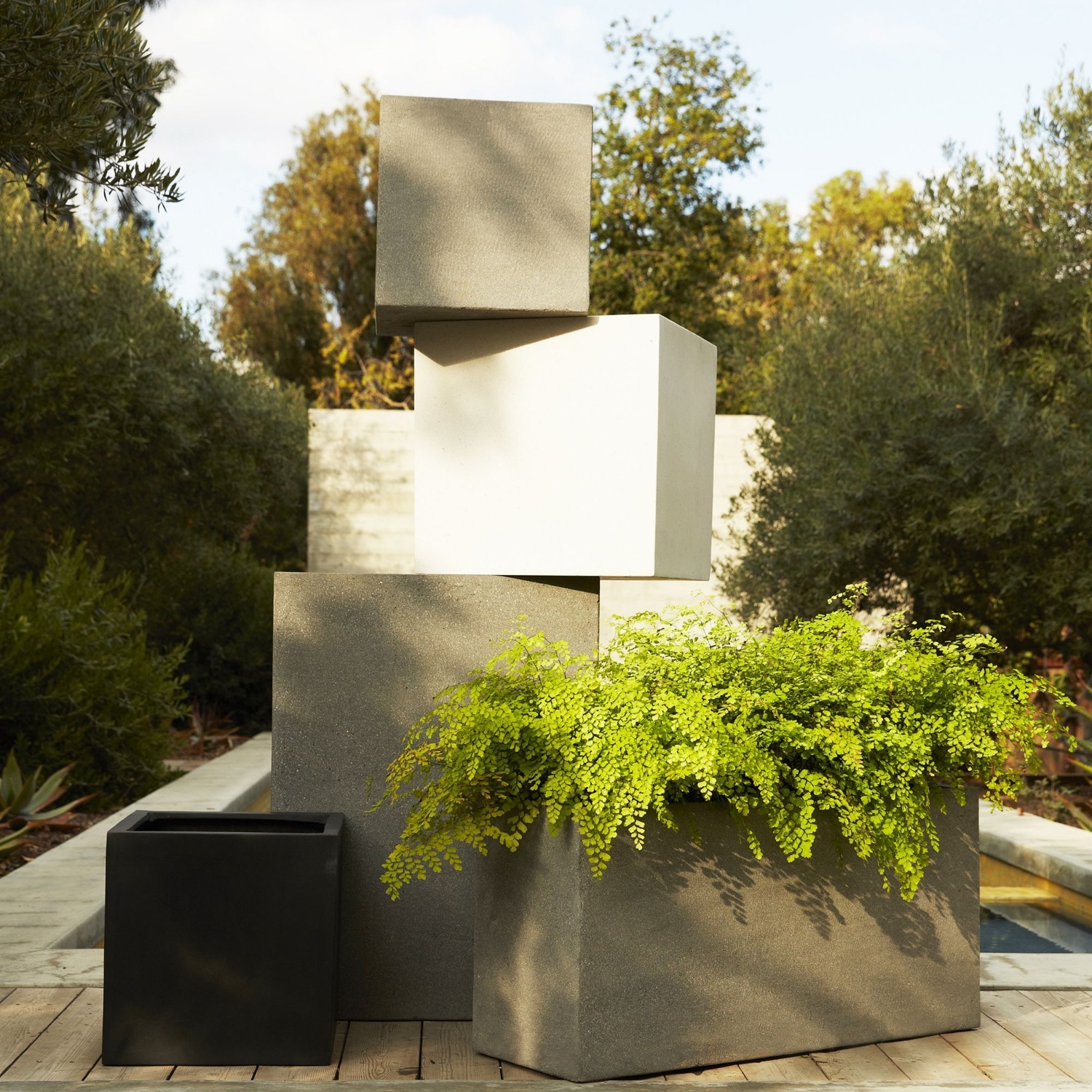
Exploring Design and Decor Options
West Elm planters come in a plethora of designs, from sleek, modern minimalism to intricate, textured patterns. Selecting the right design is crucial for integrating your indoor greenery with your home’s decor seamlessly.
Finding Your Style
Assess the overarching style of your home and seek planters that align. For a cohesive look, select planters that mirror your room’s color scheme and design motifs. Consider using varied planter styles within the same aesthetic family to create interest and depth in your plant arrangements.
Adding Character with Planters
Planters are more than just containers for your plants; they’re also independent decor pieces. Unique shapes, bold colors, or distinctive textures can turn a planter into a focal point in the room. Don’t shy away from statement pieces that can add personality and flair to your indoor oasis.
![]()
Styling Your Indoor Plants
With the right planter in hand, the final step is to style your plants in a way that enhances your space and showcases the beauty of your greenery.
Creating Arrangements
Group planters of different sizes, heights, and styles to create a dynamic display. Varying planter heights can draw the eye up and make a room feel larger, while clustering similar plants can amplify their visual impact. Remember to consider each plant’s light and space needs when creating your arrangements.
Considering Plant Stand and Hanger Options
Elevate your planters with stands or hang them to utilize vertical space and add layers to your decor. West Elm offers a variety of plant stands and hangers that can further customize your space. These elements not only allow you to play with levels and dimensions but also can help you manage light exposure for your plants more effectively.
Embracing Natural Elements
Incorporating natural elements into your indoor space is not only aesthetically pleasing but also contributes to a soothing atmosphere. Selecting a West Elm planter is an opportunity to bring organic textures and materials into your home.
Integrating Textures and Tones
Choose planters with natural finishes like terracotta, stone, or wood to add warmth and texture to your interior. These materials can provide an earthy backdrop for your plants and easily coordinate with other natural decor elements. Pay attention to the color palette of your room; neutrals can serve as a versatile foundation, while splashes of color from the planters can add vibrancy and contrast.
Harnessing the Power of Greens
The greenery you select holds as much decorative power as the planters themselves. Pairing lush foliage plants with refined, understated planters can let the green becomes the star of the show. Similarly, pairing simpler greenery with bold or decorative planters can let the container take center stage. Think of your plants and planters as a team, with each component enhancing the other’s beauty.
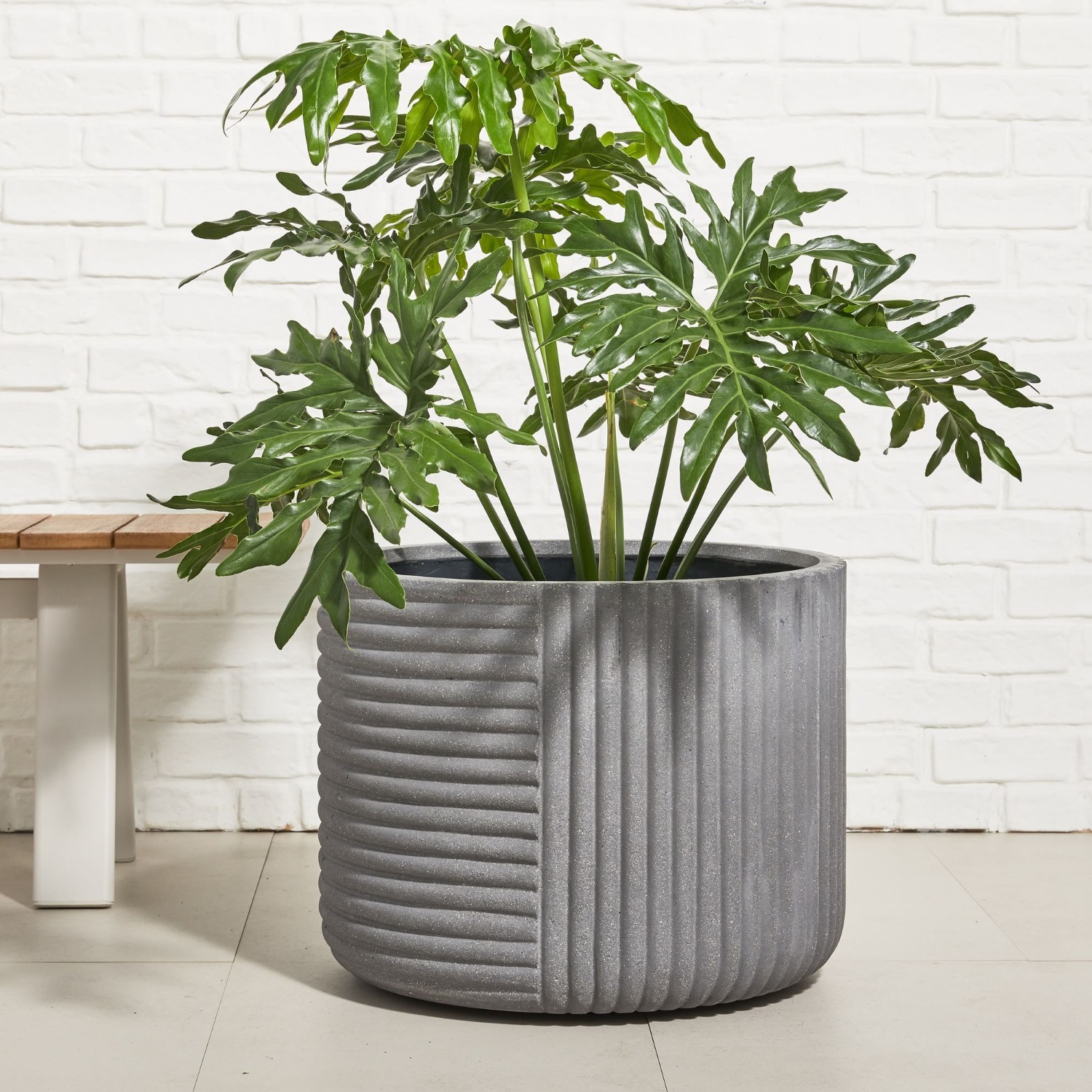
Mastering Planter Placement
The placement of your West Elm planter can transform an ordinary corner into a serene retreat or a lively botanical nook. Thoughtful positioning is essential for both the health of the plants and the overall composition of your space.
Finding the Perfect Light
Before setting down your planter, observe the natural light patterns in your room throughout the day. The amount of sunlight each area receives will determine which plants will flourish there. Place your planter in a spot that meets the specific light requirements of the plant it hosts, ensuring it grows healthy and vibrant. If natural light is limited, consider supplemental grow lights disguised within your decor.
Accentuating Room Features
Use your planters to draw attention to architectural elements or design features in your room. A tall planter can emphasize a high ceiling, while a series of small planters can highlight a windowsill or mantlepiece. Think about the flow of the space – a well-placed planter can direct traffic, define different areas within an open-plan room, or provide a visual break in a long hallway.
Choosing the perfect West Elm planter for your indoor oasis involves thoughtful consideration of size, material, design, and styling. By aligning these aspects with your personal taste and your plant’s needs, you can create a harmonious and thriving green space within your home. Whether you lean towards subtle, sleek designs or bold, statement pieces, West Elm’s diverse selection ensures you’ll find the ideal companion for your leafy friends, enhancing both your wellbeing and your indoor decor.
